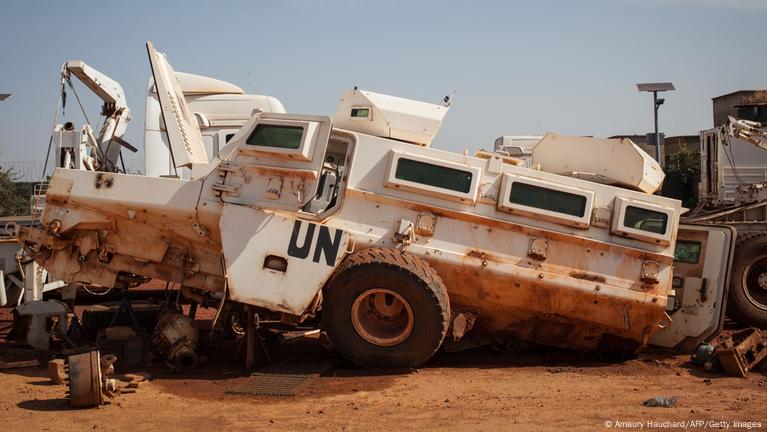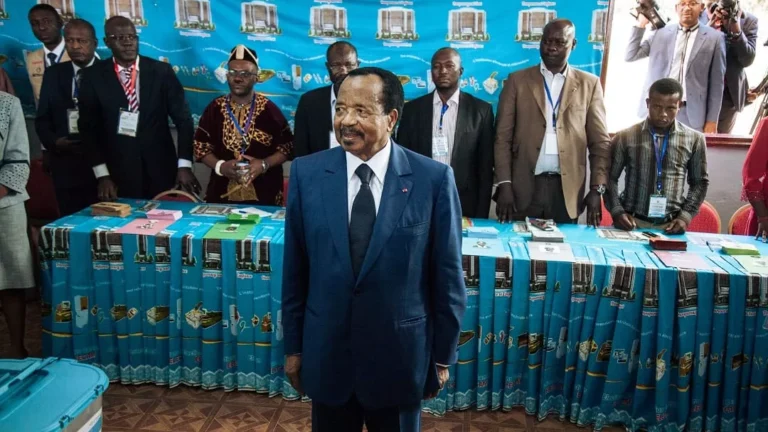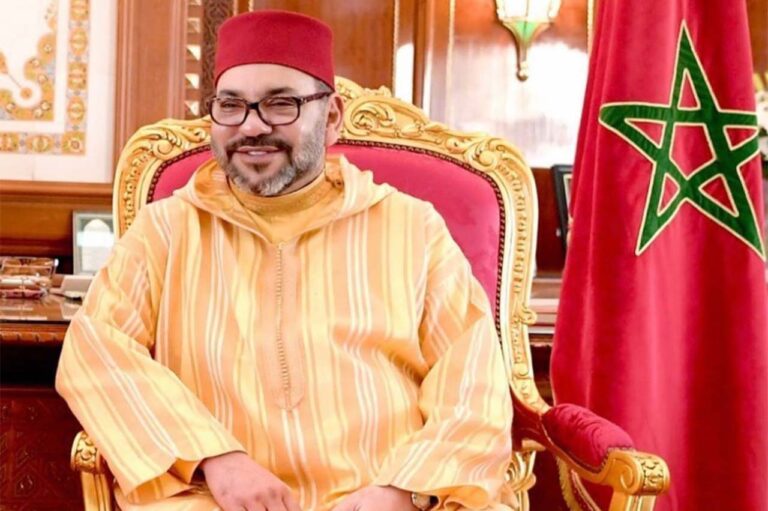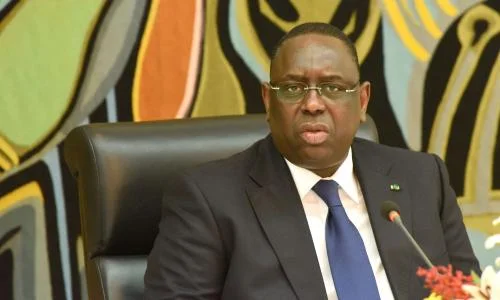
After weeks of crippling shortages, a convoy of 300 tanker trucks escorted by the army rolled into Bamako on Tuesday, October 7, bringing a momentary sense of relief to the Malian capital.
But despite the celebrations, the country’s energy crisis remains acute, with electricity rationed, fuel arriving sporadically, and butane gas supplies running dangerously low.
Images aired by the national broadcaster ORTM showed long lines of fuel trucks entering the city under tight military protection.
The arrival comes after jihadist groups imposed a blockade on supply routes, severely disrupting access to fuel and electricity.
For days, petrol stations across the capital had been empty, paralysing transport and pushing residents to desperation.
“I’m finally going to be able to fill up,” said one relieved driver, though many remain uncertain about how long the new supplies will last.
According to the Malian Petroleum Office (OMAP) and the General Directorate of Commerce, Competition and Consumption (DGCC), the convoy’s delivery is expected to ease shortages gradually from Wednesday, October 8.
However, industry representatives warned that “fuel will arrive in dribs and drabs,” as trucks can only move under army escort—an operation constantly threatened by militant attacks.
Though authorities did not disclose the exact origin of the shipment, multiple sources confirmed it came from Ivory Coast.
The journey was perilous, with fighters from the al-Qaeda-linked JNIM group repeatedly targeting convoys over the past month.
The militants imposed the blockade in retaliation for a government ban on selling fuel outside official stations, a move aimed at cutting their access to supplies.
Mali’s energy woes extend far beyond fuel. Electricity supply in Bamako has been slashed from 19 hours a day to just six in some areas, as oil companies prioritise filling stations. In other towns, power cuts have lasted more than two weeks.
“Before, my cooler stayed cold all day. Now, with power cuts that can last 20 hours, my fish stock is rotting… My business is dying,” lamented a fish vendor in Mopti.
The scarcity of butane gas has further strained households, forcing many to seek alternative—and often unsafe—cooking methods.
At a press briefing, DGCC deputy director Soumaïla Djitteye sought to calm fears, insisting that “the situation will improve in the coming days.”
OMAP chief Modibo Gouro Diall went further, claiming there was “no fuel shortage” in Bamako’s six districts—a statement met with disbelief as queues stretched for blocks and black-market prices soared to 2,500 CFA francs per litre, more than triple the official rate.
Transitional Prime Minister General Abdoulaye Maïga has since convened an emergency committee to coordinate crisis management.
Among the proposed measures are tighter price monitoring, the creation of new regional depots, and strengthened security for fuel convoys nationwide.
For now, residents of Bamako are cautiously hopeful—but few believe the worst is over.
The fragile supply chain, constant insurgent threats, and chronic power shortages remain powerful reminders that Mali’s energy crisis runs far deeper than a single delivery can fix.



